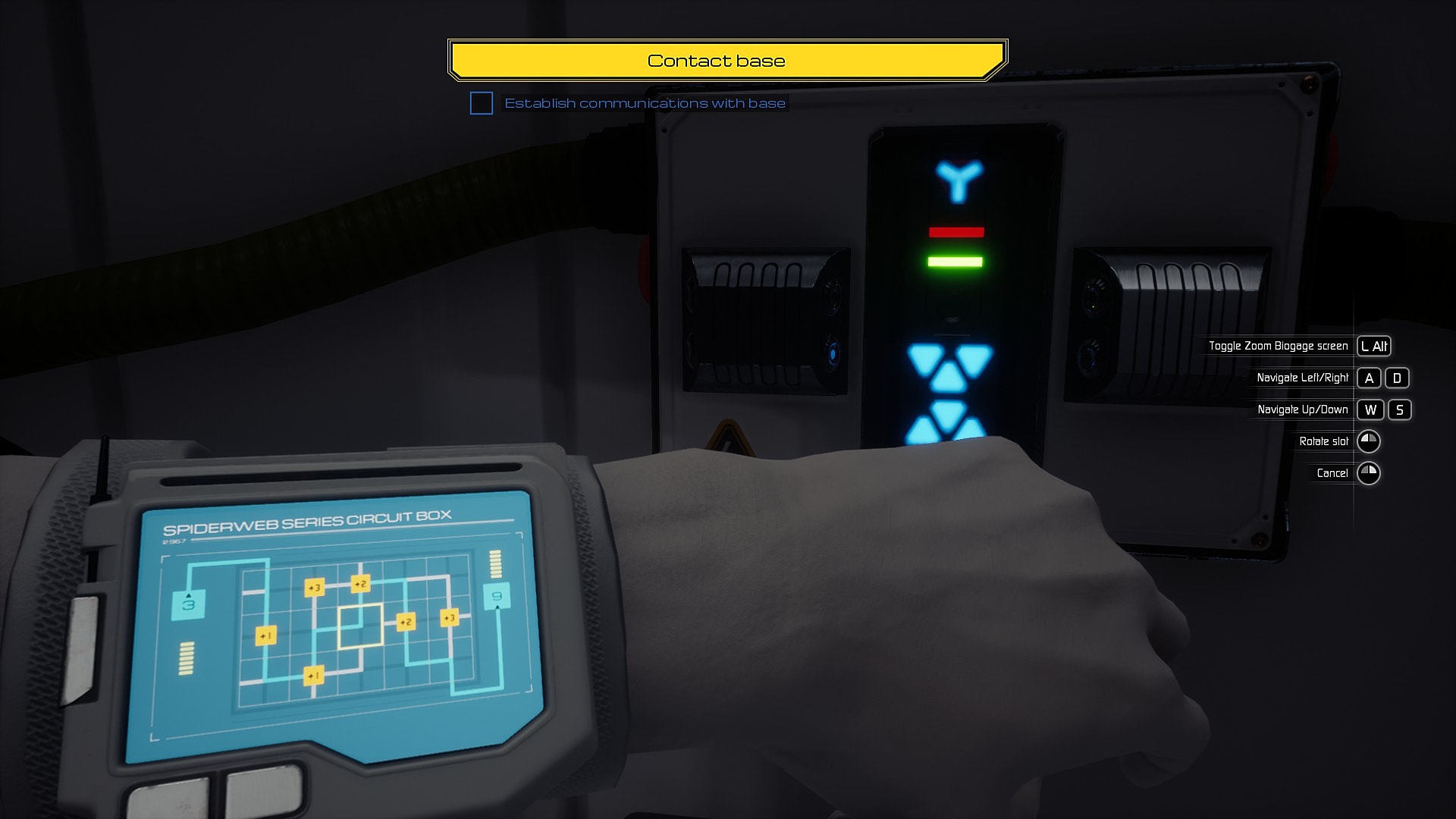

So too, is evidence that the lunar cycle increases violence among psychiatric patients or prison inmates – although one recent study suggested that outdoor criminal activity – incidents occurring on streets, or in natural settings like beaches – may be higher when there is more moonlight.
#MOONS OF MADNESS RESEARCH NOTES FULL#
The word lunacy derives from the Latin lunaticus, meaning “moonstruck”, and both the Greek philosopher Aristotle and the Roman naturalist Pliny the Elder believed that madness and epilepsy were caused by the Moon. Pregnant women are also rumoured to be more likely to give birth on a full Moon, but any scientific evidence for this, gleaned by looking back over birth records during different lunar phases, is inconsistent. “It led me to wonder if there was some kind of external influence that was operating on these cycles - and the obvious thing to consider was whether there was some lunar influence.”įor centuries, people have believed that the Moon affects human behaviour.

“The thing that struck me about these cycles was that they seemed uncannily precise in a way that one would not necessarily expect of a biological process,” says Wehr, an emeritus professor of psychiatry at the National Institute of Mental Health in Bethesda, US. Twelve years later, a renowned psychiatrist called Thomas Wehr published a paper describing 17 patients with rapid-cycling bipolar disorder – a form of the illness where people switch between depression and mania more quickly than usual – who, like Avery’s patient, showed an uncanny regularity in their episodes of illness.


 0 kommentar(er)
0 kommentar(er)
